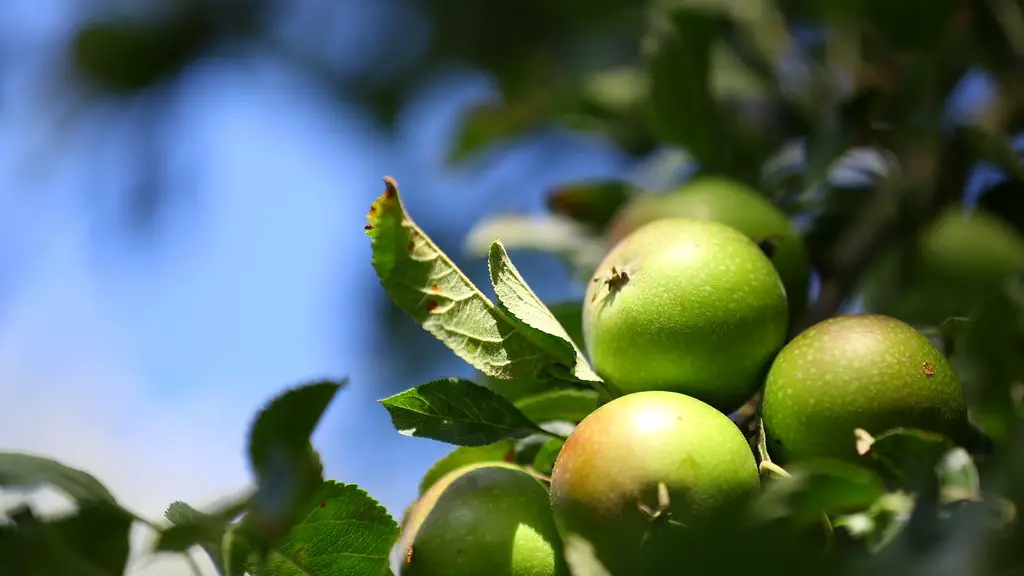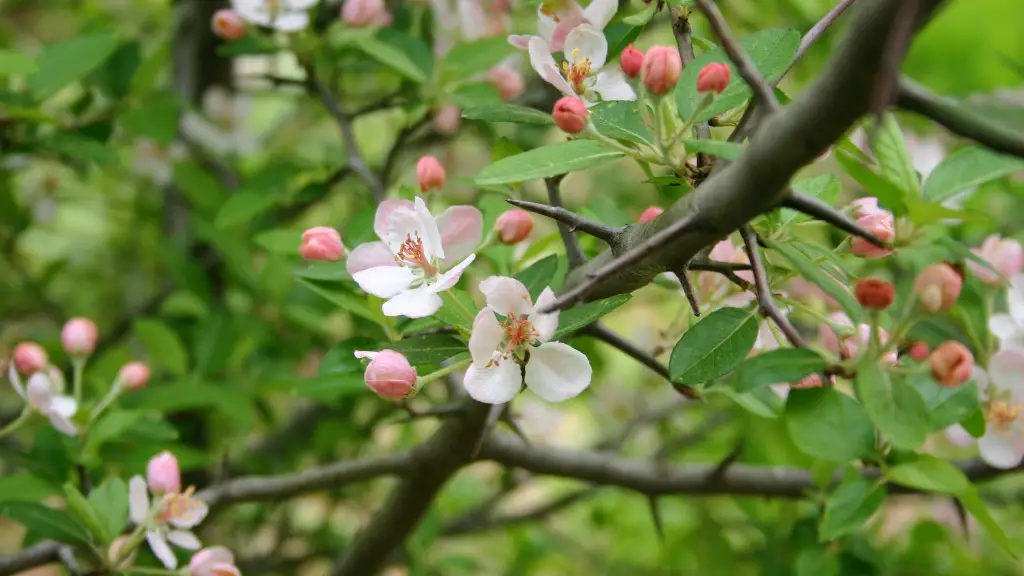Avocado trees are a perennial, evergreen fruit tree originally native to Central America. Avocado trees can vary greatly in their growth and size, depending on their environment and the type of avocado tree species. In their native climate, avocado trees can reach heights of 60′ or more, with a wide canopy of foliage that can spread even larger, making them an ideal shade tree. While their roots grow and spread quickly, the development of the foliage, or canopy, is what gives an avocado tree its height and width.
Rates of growth for avocado trees can vary depending on the kind of avocado tree. Hass Avocado trees typically take 7–13 years to bear fruit. A perfect environment, however, can help the tree achieve this much sooner. Generally, young avocado trees will do well if they receive partial to full sun exposure, though they can be grown in almost any light environment. These trees, however, will require some attention in terms of adequate water, fertilizer and pruning.
Avocado trees also like to have good drainage, as their roots can become easily waterlogged and rot. When it comes to soil, avocado trees prefer slightly acidic, loamy soils that have good water retention. If soil of this type is not available in your area, adding sand or mulch to the top soil can help create a better environment for your avocado tree.
When it comes to a nutrient-rich potting soil and compost to grow your avocado tree in, composted manure, wood chips, alfalfa meal, and even fish emulsion are all good additions for avocado care. Adding these nutrients and minerals to the soil can help promote growth and development.
Avocado trees can be grown from seed, but this can take up to seven years before your avocado tree will bear fruit. Propagating with a branch can help speed up the process and ensure you get results faster. To start propagating from a branch, cut an avocado branch from a growing tree – preferably from an older and healthy branch – and submerge it in water for about a week or so. After this, pot the branch in medium to rich soil, water and place it in an area with plenty of sunlight.
Avocado fruit trees are amazing additions to your garden or yard. With a little bit of love and TLC, and with the right kind of environment, your avocado tree can be ready to bear fruit in no time. If you want to speed up the process, try propagating a branch and get results in significantly fewer years than it would take to grow an avocado tree from seed.
Different Types of Avocado Trees
Avocado trees can be divided into three categories: Mexican, Guatemalan, and West Indian. Mexican avocado tree varieties tend to be cold-hardy and grow in more humid climates. Guatemalan avocado trees are considered to be among the most cold-hardy, and grow better in cooler climates. The West Indian type of avocado tree, on the other hand, grows best in hot climates, and is less cold-hardy.
It is important to note that cold-hardiness differs from one variety of avocado tree to another, so it is important to research and choose your variety of avocado tree wisely, as the type you choose could determine the rate at which it will grow and flourish.
In addition to these three types, there are also hybrid varieties, like the Bacon or Reed avocado, which is a result of cross-breeding between Mexican and Guatemalan varieties. The Haas avocado is also a popular hybrid, and is a cross between a Guatemalan and West Indian variety.
Tips to Taking Care of Avocado Trees
Once you have chosen the right variety of avocado tree for your climate, it is important to take good care of it. This includes providing it with the necessary nutrients, pruning, and water to help ensure it grows quickly and produces fruit.
When it comes to watering, avocado trees need water, but only in moderation. A lack of water can stunt the growth of avocado trees, so it is important to make sure that your soil is evenly moist and that you water your tree every 1-2 weeks depending on the climate. Over-watering, however, can be just as damaging, so it is important to get a good sense of the soil’s moisture levels and water accordingly.
Fertilizing with nitrogen-rich compounds is another important step in avocado tree care. Regular applications of nitrogen-rich fertilizer should be applied in order to promote healthy growth and development. Test the soil a few times a year to make sure the correct levels of nutrients are being maintained.
Lastly, pruning is important for the health of an avocado tree and should be done to remove diseased or dead branches, as well as to create an even canopy. Pruning also helps to improve air circulation, which is key when it comes to preventing pests and diseases.
Tips for Harvesting Avocados
Harvesting avocados can be tricky, and there are several tips to keep in mind before picking your avocados. First and foremost, wait until the avocado is slightly green before picking to ensure optimal ripeness. Once you have picked the avocado, check for firmness and squeeze it gently – if it gives slightly to your touch, then it is ready to be harvested.
Once picked, avocados can be kept for about 1-4 weeks at room temperature. Avocados can also be stored in the refrigerator for up to two weeks before they need to be used. If the avocado has already been cut open, place it in an airtight container or a bowl of water and lemon juice, which will help keep it from browning.
Pests and Diseases of Avocado Trees
While avocado trees can be quite resilient and hardy, they can also be vulnerable to pests and diseases. The most common pests are black aphids, which feed off the foliage, and mites, which feed off the sap. Fungal diseases can also be a problem, such as root rot, which can severely damage or even kill the tree. To prevent and combat these pests and diseases, it is important to monitor your tree regularly, and use an appropriate fungicide or insecticide as needed.
In addition, good soil management practices, such as adding a layer of mulch around the base of your tree and making sure to water regularly, are also effective ways to keep your tree healthy and pest- and disease-free.
Wrap-Up
Avocado trees can be a wonderful addition to a garden, but in order to get the best results, it is important to understand the growth rate and care for your avocado tree properly. The key to success is to choose the right variety for your climate, ensure your tree is receiving enough light, water and nutrients, and keep an eye out for any signs of pests or disease.. With a little bit of knowledge and effort, your avocado tree can be ready to bear fruit in no time.


